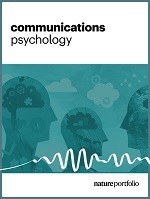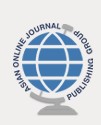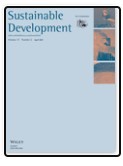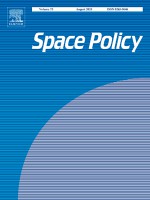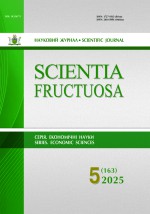Assessment of Water-Migration-Gender Interconnections in Ethiopia
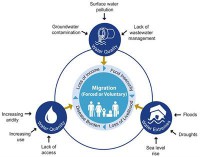
In recent years, water stress has affected Ethiopian people and communities through shrinking water availability/quantity, poor quality and/or inadequate service provision. Water stress is further exacerbated by the impact of extreme events such as droughts and floods. For people exposed to water crises–whether slow-onset water stress or extreme water-related scenarios-migration often emerges as an adaptation strategy. Yet, knowledge on the interlinkages between water stress and migration pathways remains limited and particularly blind on the gender aspects. This paper contributes to the emerging literature on the nexus between water stress, migration, and gender in settings where large numbers of people and population live in vulnerable conditions and are regularly exposed to water stress. Our analysis in Ethiopia adopts the three-dimensional water-migration framework outlined by the United Nations University in 2020 comprising water quantity, water quality, water extremes. In addition, it has been customized to include a fourth dimension, i.e., water governance. Adapting this framework allowed for an enhanced understanding of the complex interactions between water-related causalities and migration decision making faced by communities and populations, and the gendered differences operating within these settings. We adopted a qualitative research approach to investigate the influence of water stress-related dynamics on migration and gender disparities in Ethiopia with a specific focus on opportunities for migration as an adaptation strategy to deal with water stress. Moreover, our approach highlights how gender groups in the state, especially women and girls, are facilitated or left behind in this pathway. Based on the examination of available information and stakeholders' interactions, we noted that when having the chance to migrate to a more progressive region, women and girls can benefit from other opportunities and options for education and emancipation. While existing policy responses for water governance focus on durable solutions, including the creation of sustainable livelihoods, as well as the improvement of (access to) water, sanitation, and hygiene (WASH) facilities and water infrastructure, they remained restricted on socioeconomic dimensions. Gendered aspects seem to be gaining attention but must be further strengthened in national and regional water management plans and public policies. This agenda would involve representation and consultation with different actors such as civil society and international (aid) organizations to support gender-sensitive investment for water management and for managing the spillover impacts of water crisis, including voluntary migration, and forced displacement. Taking note of selected Sustainable Development Goals (SDGs), particularly SDG 5 (gender equality), SDG 6 (clean water and sanitation), SDG 10 (reduced inequality), SDG 13 (climate action and peace) and SDG 16 (peace, justice, and strong institutions), we have outlined recommendations and strategies while discussing the multiple narratives applying to the water-gender-migration nexus. The key points include a focus on long-term sustainable solutions, boosting stakeholder participation in decision-making processes, facilitating cooperation at all political levels, and creating inclusive, gender-sensitive and integrated water frameworks comprising support for regulated migration pathways as an adaptation strategy to water and climate crises.

